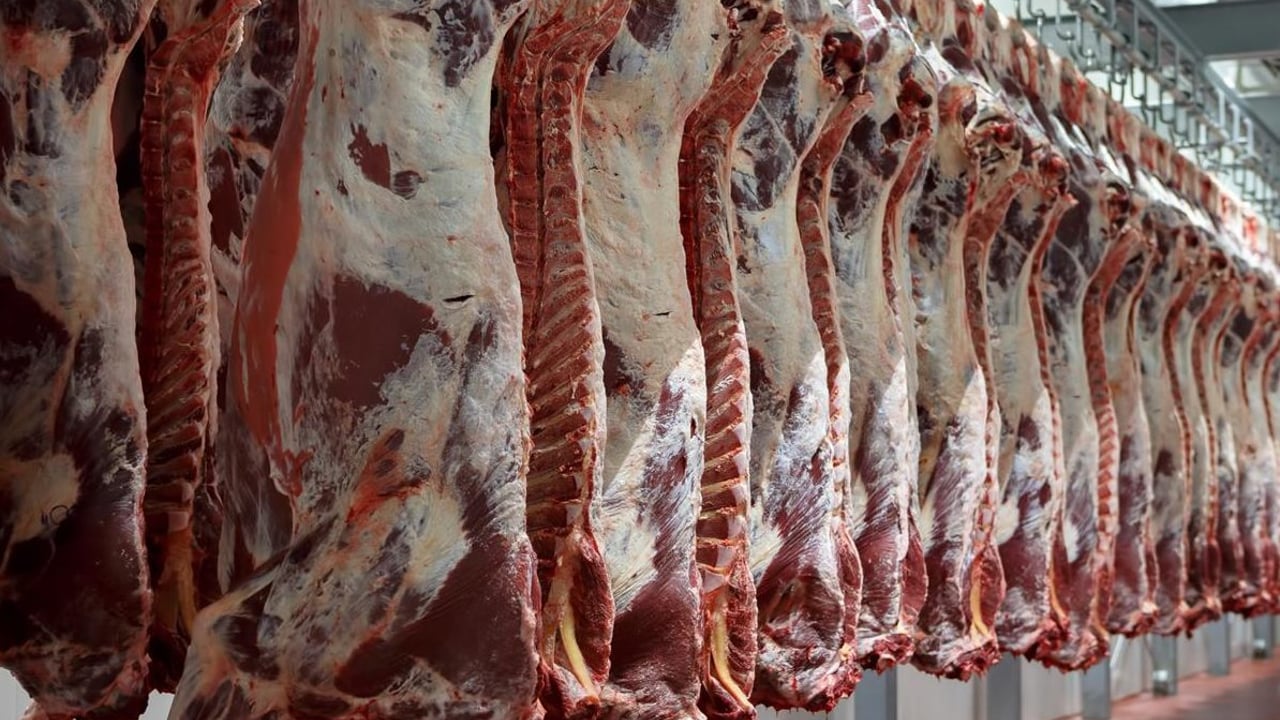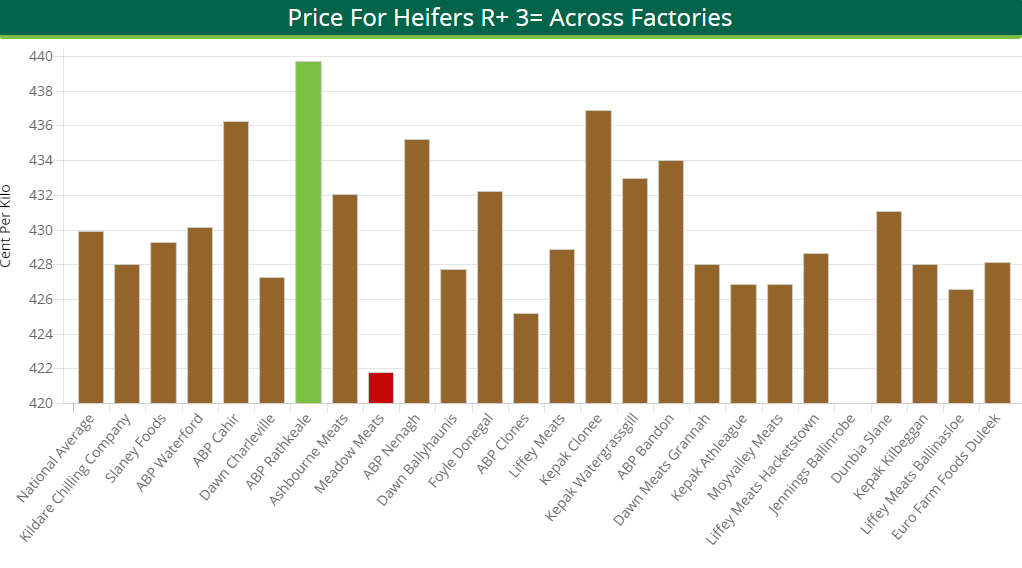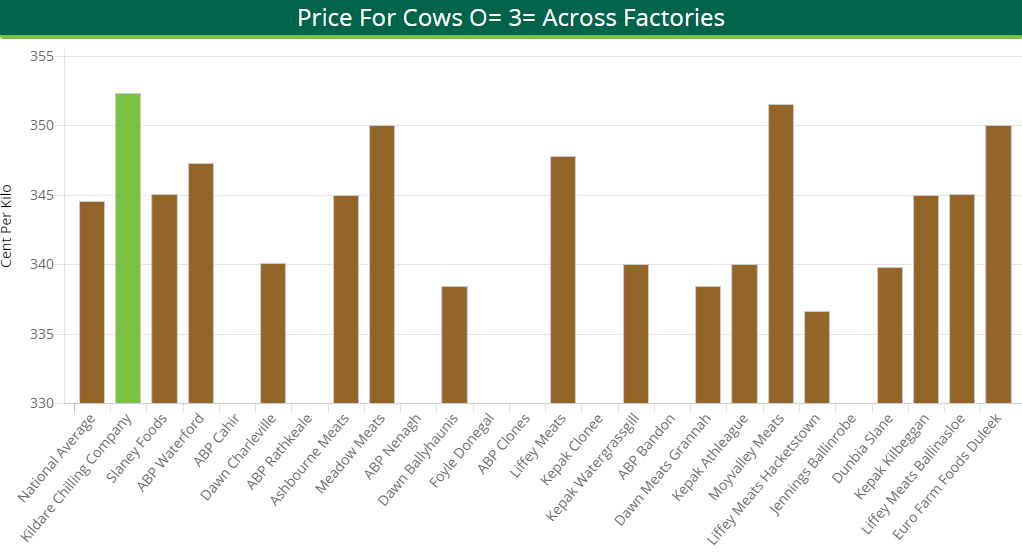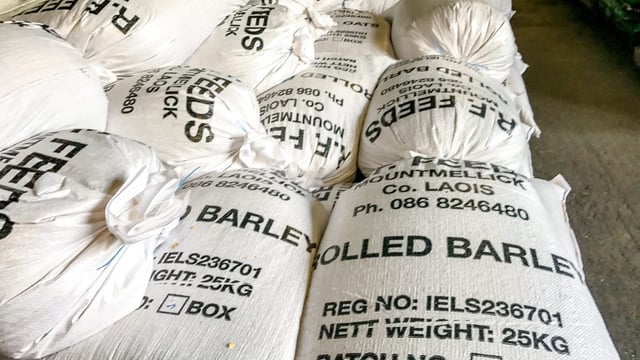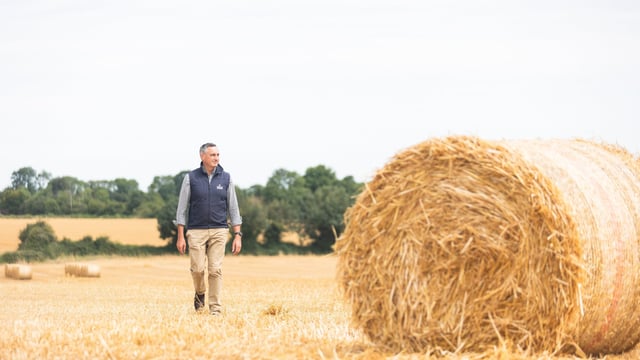Beef trade: Factories tighten their stranglehold on the market
Beef cattle buyers have tightened their stranglehold on the market and some are implementing further prices cuts this week. A few weeks ago, heifer base quotes were edging toward the 420c/kg mark. However, factory buyers have acted quickly to reverse this trend.
Farmers selling cattle this week will find that some processors have opted to knock another 5c/kg off steer and heifer base quotes.
This is on top of the 5c/kg wiped off quotes last week. These quotes leave steers and heifers working off a base price of 390c/kg and 400c/kg respectively.
However, other plants are starting negotiations with farmers at 395c/kg for steers and 405c/kg for heifers. Some farmers, especially those with large numbers of in-spec stock to market, have been receiving prices of 5c/kg above base quotes. At the upper end of the scale, this brings steers to 400c/kg and heifers to 410c/kg.
During the week ending January 14, in-spec, R+3= heifers made a top price of 439.73c/kg, while the average price paid stood at 429.93c/kg.
Furthermore, a top price of 421.39c/kg was achieved for R+3= steers; the average price paid for these animals stood at 414.75c/kg.
Cow prices
Although factory agents have ramped up the pressure on the prime cattle market, cow prices have remained relatively steady. However, there is quite a variation in prices quoted to farmers and this depends on the quality and grades being presented.
Buyers are offering 315-325c/kg to purchase P-grade animals. In addition, procurement managers are starting negotiations with farmers for O-grade and R-grade cows at 330c/kg and 350c/kg respectively.
During the week ending January 14, O=3= cows made a top price of 352.35c/kg, while the average price paid stood at 344.55c/kg.
Cow supplies witness largest increase
The latest data from the Department of Agriculture’s beef kill database shows that some 10,255 steers were slaughtered in approved export plants during the week ending January 14 – a decrease of 44 head.
However, heifer numbers increased during the second week of January. Official figures show that 10,286 heifers were bought by beef factories – an increase of 446 head or 2.7% on the week before.
An increase was also witnessed in both the young bull and aged bull categories – up 488 head and 112 head respectively.
In total, some 32,917 head of cattle were sent for slaughter – an increase of 2,730 head or 9%. Much of this increase can be attributed to cow throughput. Week-on-week supplies of these animals grew by 1,728 head or 37.1% during the week ending January 14.

